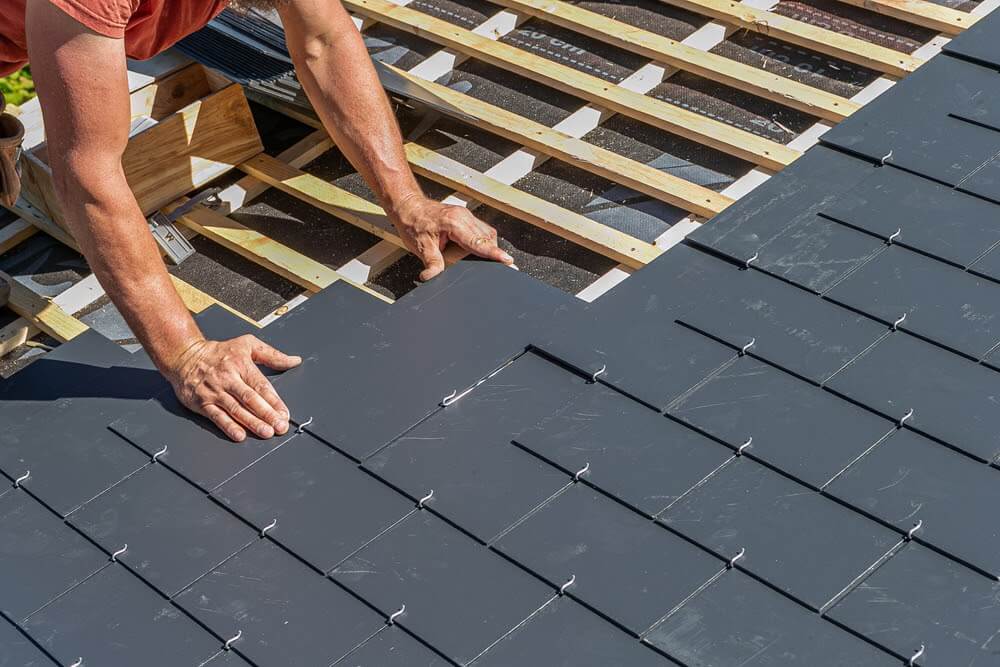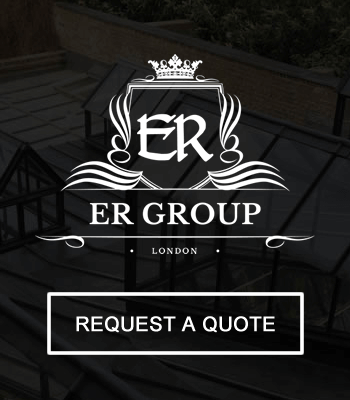When it comes to roofing, few materials command respect like slate. It’s the kind of choice that whispers, “I value quality,” while shouting, “This roof will outlive us all!” But with so many slate types available, how do you pick the right one? Let’s unravel the world of slate—natural and synthetic—and find your perfect match.
What Makes Slate a Unique Roofing Material?
Slate isn’t just a roofing material; it’s a legacy. For centuries, builders have relied on its strength, fire resistance, and understated elegance. But what exactly sets it apart?
The Timeless Appeal of Slate
Imagine a roof that ages like fine wine—gracefully, without losing its charm. That’s natural slate. From medieval castles to Victorian terraces, it’s been the go-to for durability and sophistication.
Key Properties of Slate
Slate is naturally waterproof, fire-resistant, and requires minimal upkeep. It’s like the superhero of roofing materials—tough on the outside, low-maintenance on the inside.
Exploring Natural Slate Varieties
Natural slate is the gold standard, but not all slates are the same. Let’s meet the rock stars of the slate world.
Welsh Slate: The Classic Choice
Characteristics and Strengths
Mined from the mountains of Wales, this slate is famous for its deep blue-grey tones and fine grain. It’s dense, frost-resistant, and practically indestructible—ideal for harsh climates.
Ideal Applications
Perfect for heritage homes or anyone aiming for a “forever roof.” Its weight demands a sturdy structure, but it’ll outlast most building materials.
Cumbrian Slate: Versatility Redefined
Unique Features
Hailing from England’s Lake District, Cumbrian slate offers a spectrum of colours—charcoal, green, and even purple. It’s lighter than Welsh slate and boasts low water absorption.
Best Use Cases
Great for traditional and contemporary designs. Its versatility makes it a favourite for projects needing a balance of aesthetics and practicality.
Spanish Slate: Rustic Charm
Aesthetic and Functional Traits
With warm reddish-brown hues and a textured finish, Spanish slate brings Mediterranean flair. It’s softer and easier to cut, making it a flexible option for intricate designs.
Climate Suitability
Best suited for milder climates. While it handles heat well, prolonged frost can be a challenge.
Brazilian Slate: Exotic Elegance
Standout Qualities
Think bold purples, greens, and golds! Brazilian slate is vibrant, smooth, and uniform—ideal for modern, eye-catching roofs.
Design Compatibility
Pairs beautifully with minimalist architecture. However, its porous nature may require sealing in wetter regions.
Modern Alternatives to Natural Slate
If natural slate feels too heavy (literally or figuratively), synthetic alternatives offer a fresh take.
Fibre Cement Slate: Lightweight Innovation
Composition and Benefits
Made from cement and cellulose fibres, this mimic of natural slate is half the weight. It’s fire-resistant and works well for retrofitting older homes.
Limitations to Note
While durable, it lacks the organic texture of natural slate. Over time, colours may fade slightly under intense sunlight.
Concrete Slate: Affordable Durability
Key Attributes*
Concrete slates come in endless colours and textures. They’re UV-resistant, tough, and often designed for easy installation.
Practical Considerations
Heavier than fibre cement but lighter than natural slate. Extreme cold can cause cracking, so they’re better suited to temperate climates.
Natural vs. Synthetic Slate: A Comparative Overview
Lifespan and Maintenance
Natural slate can last a century with minimal care. Synthetic options typically last 30–50 years but require occasional checks for wear.
Aesthetic Differences
Natural slate offers organic variation—no two slates are identical. Synthetics provide uniformity, which can suit modern designs but may lack “character.”
Environmental Impact
Natural slate is recyclable and low-carbon, but quarrying impacts landscapes. Synthetic slates often use recycled materials but may involve higher production emissions.
How to Choose the Right Slate for Your Roof
Matching Slate to Architectural Style
A thatched cottage? Welsh slate. A sleek, modern villa? Brazilian or concrete. Your roof should complement your home’s personality.
Climate and Weather Resistance
Welsh and Cumbrian slates excel in rainy, windy climates. Spanish slate thrives in warmth, while synthetics adapt to moderate conditions.
Weight and Structural Requirements
Natural slate is heavy—ensure your roof frame can support it. Synthetic options ease the load, ideal for retrofits or lightweight structures.
Local Building Codes and Restrictions
Conservation areas often mandate natural slate. Always check regulations before committing!
Installation Insights for Slate Roofs
Why Professional Installation Matters
Slate roofing is an art. Poor installation leads to leaks, cracks, and costly repairs. Always hire specialists familiar with slate’s quirks.
Common Installation Challenges
From aligning uneven natural slates to managing synthetic expansion gaps, every type has its hurdles. Expertise is key.
Maintaining the Beauty of Slate Roofs
Routine Care Tips
Clear debris yearly. Inspect for cracked or slipped slates after storms—think of it as a roof “health check.”
Addressing Moss and Algae Growth
In damp areas, moss can creep in. Gentle cleaning or zinc strips can keep your roof pristine without damaging the slate.
Repairing or Replacing Damaged Slates
Act fast! A single cracked slate can let water seep in. Use matching replacements to maintain uniformity.
Sustainability and Slate Roofing
Eco-Credentials of Natural Slate
It’s 100% natural, recyclable, and requires minimal processing. However, quarrying can disrupt local ecosystems.
Green Alternatives in Synthetic Slate
Many synthetic slates incorporate recycled materials. Look for brands with eco-certifications to reduce your carbon footprint.
Real-World Applications of Slate Roofs
Heritage Buildings and Traditional Slate
From cathedrals to manor houses, natural slate preserves historical integrity while offering modern-day resilience.
Modern Homes with Synthetic Slate
Sleek fibre cement or concrete slates give new builds a timeless look without the weight or cost of natural stone.
The Future of Slate Roofing
Expect innovations like solar-integrated slates and thinner, lighter natural options. Sustainability will drive demand for recycled and low-impact materials.
Conclusion
Choosing slate isn’t just about picking a roof—it’s about investing in beauty, durability, and sustainability. Whether you’re drawn to the rugged charm of Welsh slate or the modern flair of synthetics, there’s a slate that fits your vision. Remember, a great roof doesn’t just protect your home; it defines it.
FAQs
- Can synthetic slate match the look of natural slate?
Modern synthetics come close, but natural slate’s organic texture and colour variations are hard to replicate fully. - Is slate roofing suitable for all climates?
Most types adapt well, but always match the slate to your local weather—e.g., frost-resistant slates for cold regions. - How heavy is a natural slate roof?
Very heavy! Ensure your home’s structure can support it. Synthetic options are lighter and easier on older buildings. - Does slate roofing increase property value?
Absolutely. Its longevity and prestige make it a sought-after feature for buyers. - Can I install solar panels on a slate roof?
Yes, but it requires specialist fittings to avoid damaging the slates. Consult a roofer with slate and solar experience.




